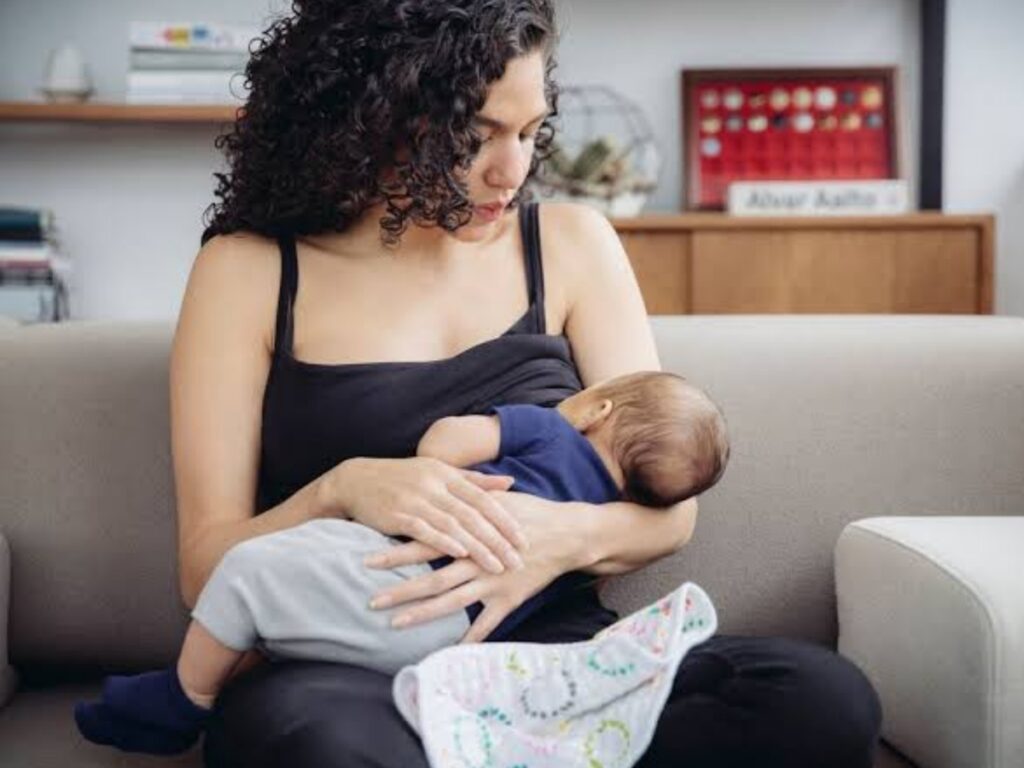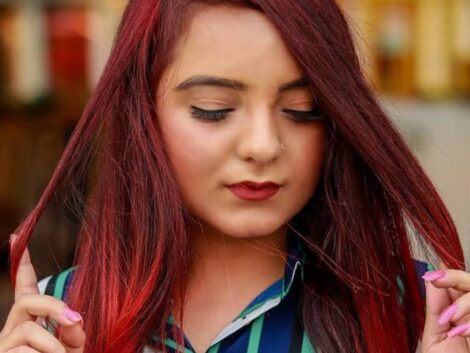Breastfeeding is a beautiful and natural way to nourish your baby, but it often comes with certain precautions and considerations. As a mother, it’s natural to want to care for yourself and pamper yourself, even during this important time. Many new mothers may be concerned about hair treatments, such as balayage, highlights, and others. Understanding the potential risks and safety measures associated with these procedures while breastfeeding is important to ensure that both you and your baby stay healthy.
In this article, we will explore the various hair treatment options available to breastfeeding mothers and discuss the safety guidelines to follow, allowing you to make informed choices and confidently maintain your style.
The safety of getting a balayage or any other hair treatment while breastfeeding is a topic that should be discussed with a healthcare provider. Although limited research is available on the subject, having these treatments while nursing is generally considered safe.
However, it is important to consider the chemicals used in the process. Hair dyes typically contain small amounts of chemicals that the body might absorb, although the levels are usually minimal. To minimize potential risks, you may choose to use ammonia-free or low-ammonia hair dyes or opt for plant-based or vegetable dyes as a more natural alternative. It’s also advisable to take precautions during the treatment, such as proper ventilation and avoiding direct contact with the scalp.
How long after dying hair can I breastfeed?
There is no specific time frame for how long you should wait to breastfeed after dying your hair. The majority of hair dye chemicals are unlikely to enter your bloodstream and have minimal absorption into breast milk. However, to err on the side of caution, you might want to wait until the hair dye has dried and take necessary precautions, like rinsing your hair thoroughly to avoid direct contact with your baby’s skin.
If you have concerns about the safety of dying your hair while breastfeeding, it is always advisable to consult with your healthcare provider for personalized advice.
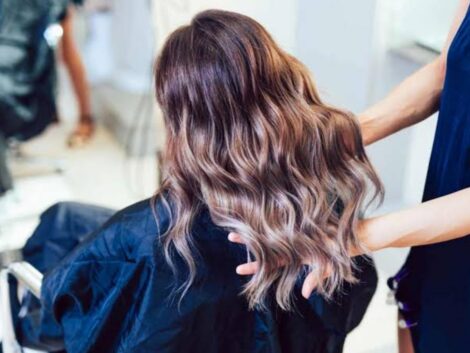
Which hair color is safe during breastfeeding?
During breastfeeding, it is generally considered safe to use hair dyes that are labeled as “ammonia-free” or “non-toxic.” These dyes typically use less harsh chemicals and are less likely to be absorbed into the bloodstream. However, it is important to note that there is limited research on the safety of hair dyes during breastfeeding, so it is always a good idea to consult with a healthcare professional before using any products.
Additionally, opting for more natural hair dye options can provide an extra layer of safety. Henna, for example, is a plant-based dye that is considered safe during breastfeeding. It comes in various shades and can be a suitable alternative for a more natural option.
If you are concerned about the potential risks associated with hair dye, consider alternatives like highlights or lowlights. These techniques involve applying dye to only a small portion of your hair, minimizing the contact between your scalp and the coloring chemicals.
Can I touch up my balayage while pregnant?
While limited studies have been conducted on the safety of hair dye usage during pregnancy, most experts consider it safe to touch up your balayage while pregnant. It is generally recommended to opt for ammonia-free and low-chemical dyes, as these are less likely to be absorbed into the bloodstream.
Additionally, proper ventilation during the process is essential. However, every pregnancy is unique, and it is always advised to consult with a healthcare professional before proceeding with any hair dye treatment to ensure it aligns with your specific circumstances.
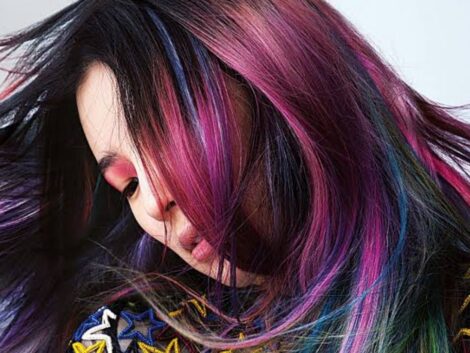
Is hair treatment safe for breastfeeding moms?
Hair treatments, including balayage touch-ups, are generally considered safe for breastfeeding mothers. The chemicals in hair dyes are unlikely to be significantly absorbed into the bloodstream or transferred into breast milk.
However, it is crucial to take a cautious approach when choosing the products. Opting for ammonia-free and low-chemical dyes is recommended as they are less likely to cause any harm. Additionally, it is advisable to ensure proper ventilation during the treatment to minimize exposure to fumes. If possible, scheduling the hair treatment after a breastfeeding session can further reduce any potential risks.
As every individual’s circumstances can vary, consulting with a healthcare professional to assess any potential risks associated with your situation is recommended. They can provide personalized advice based on your health, any pre-existing conditions, and the specific hair dye products you plan to use. Overall, with the proper precautions, hair treatments should not pose a significant risk to breastfeeding mothers or their infants.
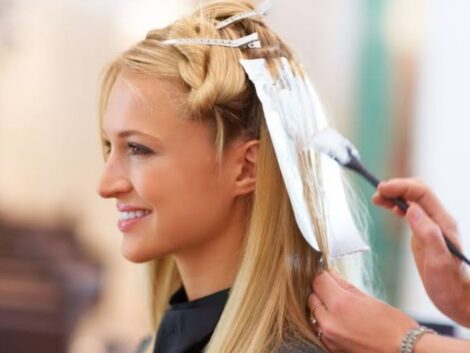
What is the best hair treatment for a breastfeeding mom?
When it comes to hair treatments for breastfeeding moms, choosing products that are low in chemicals and gentle on the hair and scalp is recommended. Here are some prevalent and secure options:
- Henna: Henna is a natural dye that can safely be used on hair. It is derived from plants and does not contain harsh chemicals that can be harmful to the mother or the baby.
- Ammonia-Free Dyes: Opt for ammonia-free hair dyes. Ammonia is a strong chemical that can cause irritation to the scalp and may be better to avoid while breastfeeding.
- Organic or Natural Hair Masks: Using organic or natural hair masks can provide nourishment and hydration to the hair without the use of harmful chemicals.
- Coconut Oil: Regularly treating your hair with coconut oil can help reduce damage and promote healthy hair growth. Massage a small amount into your hair and scalp, leave it overnight, and wash it out in the morning.
Remember to patch-test any new products before applying them to your whole scalp to check for any potential allergies or adverse reactions. As always, it is advised to consult with a healthcare professional before using any hair treatment products while breastfeeding.
Lastly, check out the mane caper shop.

